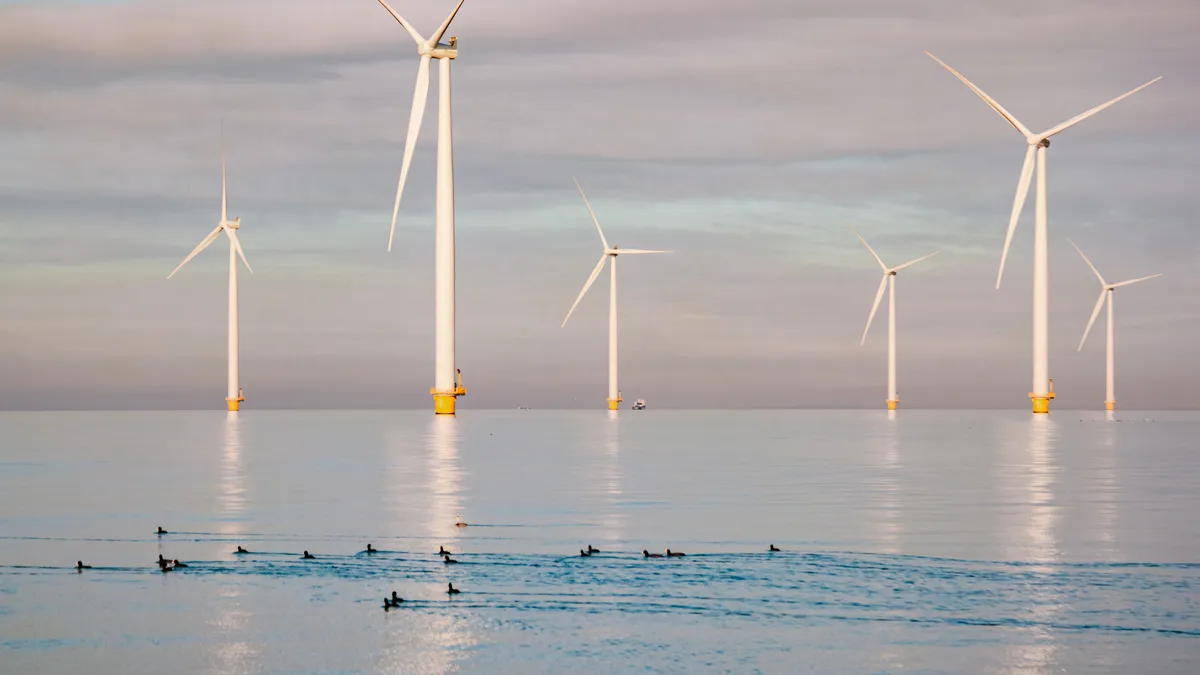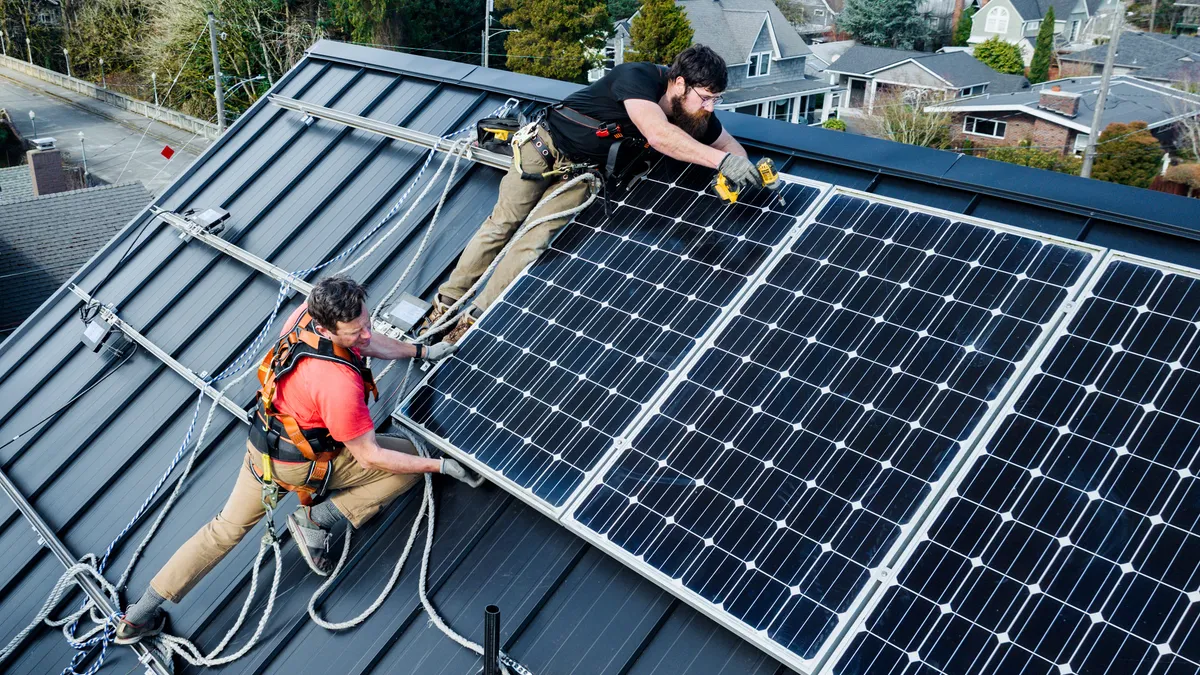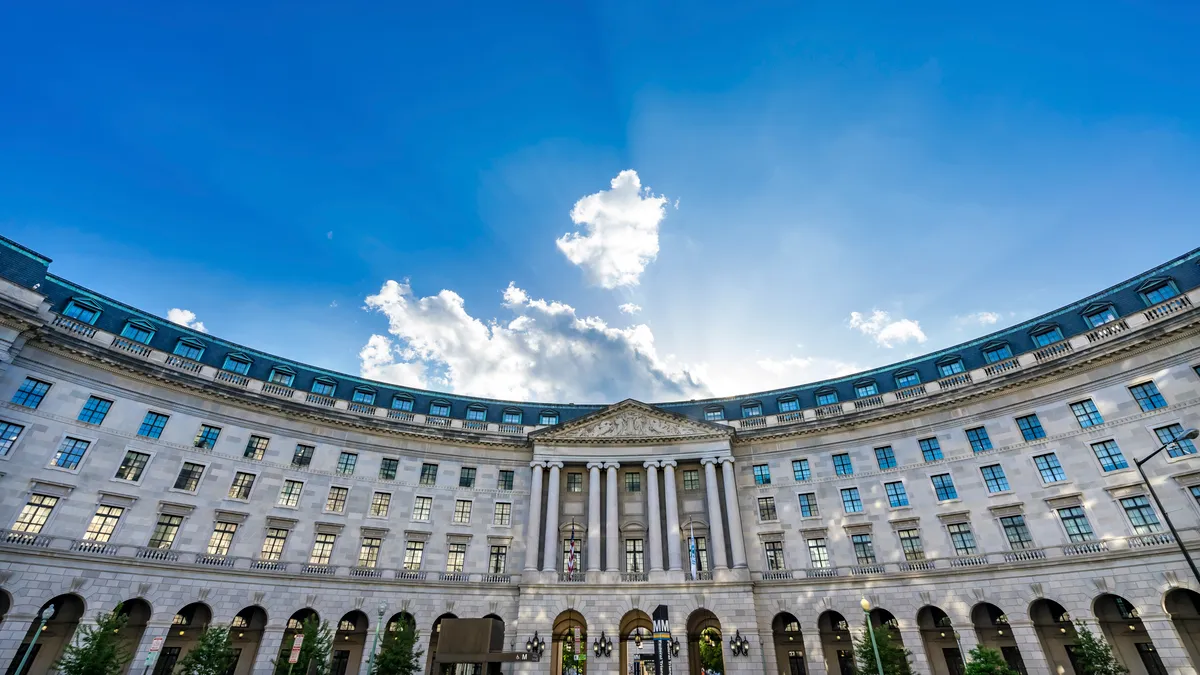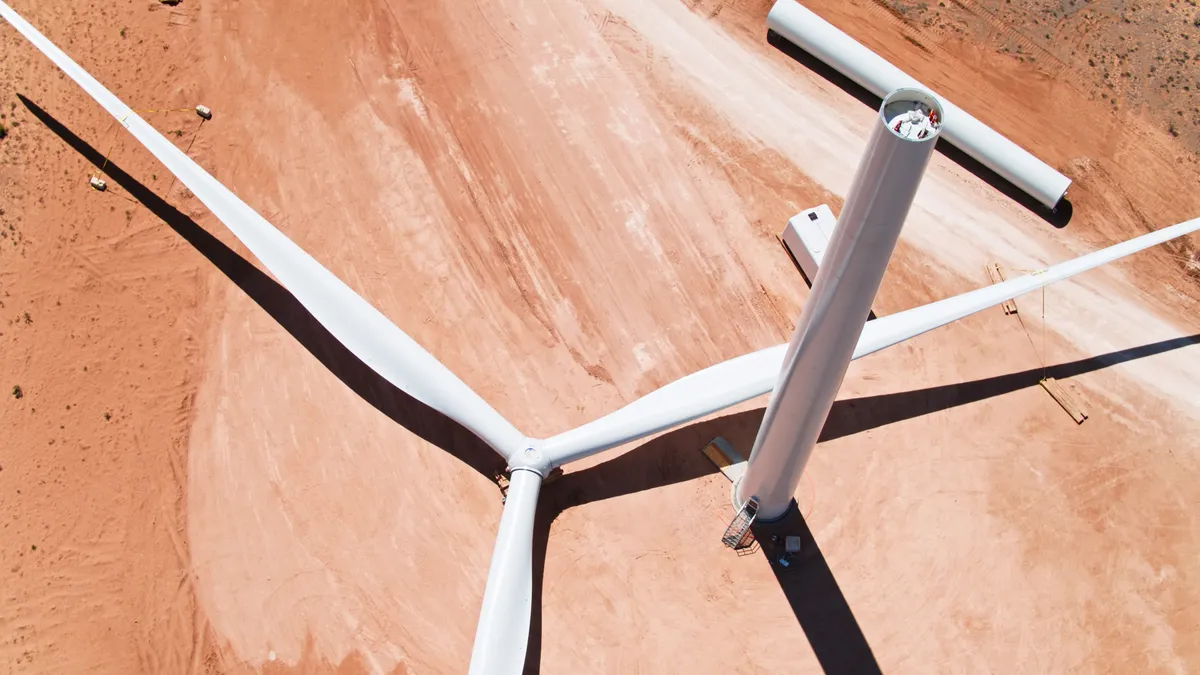A fight over rooftop solar grabbed the spotlight on the world-famous Las Vegas strip early last week.
The solar fight became fervent after a burst of rooftop installations by Nevada solar builders maxed out the state’s net energy metering (NEM) cap on August 20. That 235 MW cap was supposed to last to the end of the year.
NEM remunerates rooftop solar and other distributed generation (DG) owners at the retail electricity rate for the solar-generated electricity their systems send to the grid. Without it, the rooftop solar value proposition is seriously compromised.
Solar industry advocates, led by The Alliance for Solar Choice (TASC), had warned the state’s regulators and legislators the limit would be reached sooner than year’s end. They predicted termination of NEM could destroy the Nevada solar industry and cost 6,000 jobs.
As installed capacity neared the state’s 235 MW NEM cap, NV Energy, the state’s dominant electric utility, asked the Public Utilities Commission of Nevada (PUCN) for a new rate design. In response to the utility’s proposal, solar industry activity slowed. When the cap was reached, new solar builds in the residential sector essentially halted.
In response, the PUCN unanimously voted in a stop-gap measure — extend the NEM policy unchanged through the end of 2015.
The decision came during a busy week for renewable energy in Nevada. In the days leading up to the decision, net metering was a key focus as a long list stakeholders and political leaders attending the eighth annual National Clean Energy Summit — including President Obama, Nevada Senator Harry Reid and major utility CEOs — spent the day talking renewable energy in general, and rooftop solar in particular.
The NEM extension decision
The Nevada legislature’s Senate Bill 374, passed last spring, imposed the 235 MW cap on what it termed “NEM1,” a net metering policy in place since 1997. The bill also obligated the commission to study the controversy and establish a new “NEM2” tariff.
At the end of July, NV Energy filed the NEM2 proposal to begin the regulatory process of constructing a new rate design. The utility says its data shows net metered customers with rooftop solar and other distributed generation have “different metering and customer service and customer accounting requirements."
New rules and rates are needed that “are just, reasonable and fair to all customers and reduce the shifting of costs from customer-generators to other customers that occurs under NEM1,” the filing explains.
The proposal would mean customers who install DG can reduce their bills, but “might end up paying more for energy when the cost of buying or leasing the DG system, or purchasing the output of the DG system is taken into consideration,” the utility acknowledges.
The NV Energy proposal would give solar customers two options. The first is a “well-established rate design” for NEM2 customers that includes a basic service charge, a demand charge, and an energy charge that reflects the cost of providing standby service.”
The second option provides time-of-use rates and other incentive innovations to make it possible for NEM2 customers “to optimize the design of a renewable, distributed generation system to reduce the demand placed on the grid.”
The commission considered the utility’s proposal, as well as testimony and filings from multiple solar advocates asking that the NEM1 tariff remain unchanged. It decided to essentially leave NEM1 in place through the end of the year. The regulators also called for further proceedings, to begin November 18, that will entail the stakeholders presenting it with evidence-based positions on how to structure the NEM2 tariff.
Solar advocates expect the NV Energy proposal, or a revised version of it, to be included in the upcoming proceeding.
The commission decided it needed to do “a deep dive” to understand the costs and benefits of DG to the Nevada grid before making substantive changes, explained former PUCN Commissioner and Energy Works Principal Rose McKinney James, because that was the legislature’s expressed intent in SB 374.
“I think they were very thoughtful,” she said. “I am told they were under tremendous pressure from both sides. It was a challenging environment in which to make the decision. But they took to heart the testimony and came up with a prudent result.”
A 2014 report prepared for the PUCN by Energy + Environmental Economics (E3) found “a total [net present value] benefit of 2004-2016 NEM systems to non-participating ratepayers of $36 million during the systems’ lifetimes." But some stakeholders argue Nevada solar has grown so fast that E3’s assumptions no longer apply, she explained.
“I am hopeful we will have the kind of robust conversation that is appropriate for this type of regulatory action,” McKinney-James added of the upcoming evidentiary-based hearing.
The extension of retail rate net metering for the rest of the year “was not what the company proposed,” NV Energy acknowledged in a statement. But SB 374 determined the PUCN “is the appropriate body to define future net metering rules and rates,” the utility added.
"We support cost competitive renewable energy in all forms, and will continue to work with stakeholders through this interim period,” it's statement concluded.
The decision allows Nevada’s solar industry “to go back to work,” a TASC statement said. But “the hard work is now before the Commissioners to issue long-term rules.”
Ideas for the hard work ahead
The PUCN decision on NEM found a perfect backdrop on the Las Vegas strip last week as energy stakeholders and political leaders from around the nation converged to envision and debate the future of clean energy in the U.S.
The people who lead NV Energy, owned by Warren Buffet’s Berkshire Hathaway Energy (BHE), “have done some really good things, Senator Harry Reid (D-NV) told an afternoon press conference at the National Clean Energy Summit in Las Vegas last week.
“But on rooftop solar, get real," he said. "Understand that it is a new world out there.”
“A utility should be agnostic on whether a customer does rooftop solar or not,” responded BHE Legislative Affairs VP Jonathan Weisgall. “The real question is how to pay for it.”
Though there is extreme rhetoric on both sides of the current debate, what is needed is the right tariff redesign, Weisgall said.
“It needs to provide equitable cost allocation across all customers, those with and without solar," he said. "It also has to provide for the recovery of fixed costs to maintain the grid so the utility can be agnostic.”
The real question, he added, “is how to both leave a choice for utility customers and pay for solar and the system fairly. The way to go is a deep study of the question.”
NV Energy CEO Paul Caudill diplomatically skirted the controversy in his conference appearance and described what NV Energy, in partnership with the Buffett organization, has brought to Nevada.
Other utility executives were more forthcoming about their feelings toward NEM, however. Pacific Gas & Electric President of Electric Operations Geisha Williams, in an exclusive interview with Utility Dive, was unhesitating in her critique of retail rate remuneration for solar owners.
“Our concern is if there isn’t a change in net metering, it is not sustainable because of the cost shifts,” she said. “Pricing needs to reflect the intensity of usage by many of our solar customers. We think, for example, there should be some kind of demand charge.”
PG&E would also like to see more granular time varying rates and time-of-use compensation that more effectively send price signals “to all customers, and especially solar customers.” And the NEM reconciliation should also be changed from annually to monthly, Williams said.
The changes, Williams explained, are so that “people who are using solar and are very intensive grid users are paying a fair share of a cost to maintain and upgrade the grid, which is so fundamental to integrating renewables in the future.”
With solar, “you could net-zero out your bill and not pay anything,” Williams added, though she could not say how many PG&E customers do so, and a follow up effort to get the data got no response.
“We need to address that so we can have greater solar penetration on a long term basis,” she said.
Net metering, debated
The issues were explored in more detail during a debate moderated by McKinney James.
“Net metering is placing customer generation in a bank, much like we place our money in a bank,” Pacific Economics Group Senior Advisor and University of Southern California Professor of Economics Charles Cicchetti opened. “The utility gets to use the electricity but the customer has the right to call it back.”
Because the customer does not sell the electricity, “most of the tariff changes around the country are unfair, discriminatory, anti-competitive, and self-serving about utilities trying to get the opportunity to guarantee their cost recovery” for electricity they don’t actually buy.
Solar is a megatrend and “a critically important part of our energy future,” Edison Foundation VP and Institute for Electric Innovation Executive Director Lisa Wood responded. But “what makes solar growth possible is the power grid.”
Solar customers use the grid “24/7 to import power, to export, and to make sure their homes have the exact amount of electricity they need at every moment of the day,” she said. “It is only fair that rooftop solar customers who use the grid help to pay for the grid.”
Regulators across the country “recognize the decades-old net energy metering policies need to be updated to ensure that electric rates are fair and that unreasonable cost shifts do not occur,” she said. “The net energy metering subsidy is the failure of rooftop solar owners to fully pay for the grid services they use.”
The distribution system “has already been paid for by most utilities, often multiple times,” Cicchetti replied. As to fairness, solar owners should pay something to bank and withdraw electricity but “utilities should only get 1 kWh of revenue if they supplied that 1 kWh."
"[Utilities] should get virtually nothing other than a handling fee for the kWh the solar customer stores on their system and allows them to use.”
The utility industry spends “about $20 billion per year on the grid,” Wood responded. “If I have rooftop solar, I import energy and export energy and I have to balance supply and demand every hour of the day. Rooftop solar isn’t doing that. The grid is doing that.”
There is no dispute about charges for balancing and for transaction costs, Cicchetti answered. But rooftop solar also provides benefits to the grid and, when the EPA Clean Power Plan is in effect, rooftop solar “will save more money than is involved in any of the transaction fees and any costs that might be involved in balancing the grid.”
Does solar need NEM?
The federal investment tax credit, state subsidies, and NEM have helped the solar industry grow and bring costs down, Wood asserted. “Lots of technologies that we want to proliferate have subsidies, and when the costs come down, and they are competitive, we let the market take over.”
“When you consider the benefits of distributed generation, it is hard to think of NEM as a subsidy,” Cicchetti argued. “But even if it is called a subsidy, it is fully justified because the benefits far outweigh the costs.”
The "elephant in the room” is not the subsidy, Wood said. It is “the solar customer using the grid 24/7 and not paying for grid services. That is the result of legacy rate making and we are seeing that start to change.”
Current regulatory proceedings attempting to roll back NEM are not “correcting legacy rate making” but are “a pushback against progress,” Cicchetti answered. If it continues, the use of DG-plus-storage will increase and costs for storage will come down.
If that happens, “customers will go completely off the grid, they will make no contribution to fixed costs and no contribution to the costs that keep other customers’ bills reasonably priced,” he continued. “I don’t think that is good for anyone. There is room here for a sensible solution but the legacy and other rate case filings are causing a gap that will cause people to see going off the grid as the best solution.”
In closing, Cicchetti expressed hope these questions would not become a wedge issue in the coming political campaigns.
“This is about choice and no political party should be against that,” he said. “It should be an all-American issue that we all stand behind and we should encourage people who take the time and make the effort to put renewable energy on their roofs.”
Wood ended with a call for “collaboration, not confrontation” to get policies right. “Electric utilities, regulators, and other stakeholders absolutely need to work together to ensure the future we want, she said. “Adversarial rate proceedings will not produce the vision of our energy future that we all want.”
But, she added, much of the debate around NEM and rooftop solar “boils down to one simple thing: ensuring that our customers who use the grid pay for this essential service.”
Senator Reid and President Obama
Senator Reid’s remarks may best summarize the essence of the debate.
“The utility business model made sense a long time ago,” he observed. “But today consumers would rather pay to make their homes more efficient than for utility electricity.”
Utilities thinking of clean energy as a burden,” he added, makes as much sense as the Washington Nationals benching star player Bryce Harper.
“Utilities must not have a stodgy commitment to the status quo," he said. "They must seize the clean energy opportunity or consumers will suffer.”
In his keynote speech, President Obama added further perspective. At it's core, he said, the question facing the electricity sector is if the “big polluters” control the system, or if consumers have the “freedom to choose,” pitting “old ways” against new business models.
“This is about the past versus the future, and America believes in the future,"Obama said. "But to make that future real, we have to have everyone: Utilities, entrepreneurs, workers, businesses, consumers, energy regulators, treehuggers, Tea Partiers. Everybody has to seize the opportunities before us.”





















